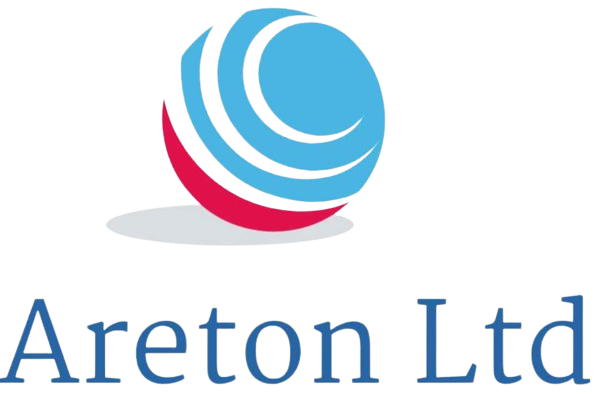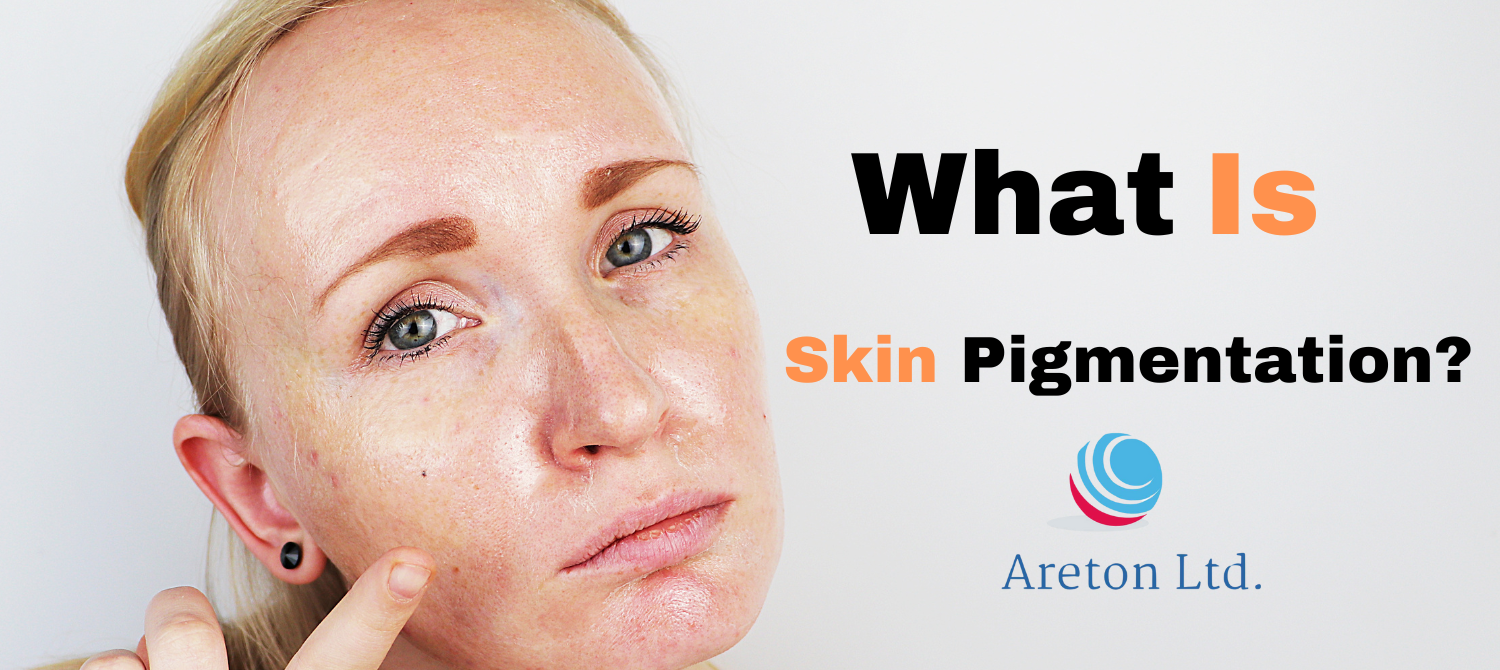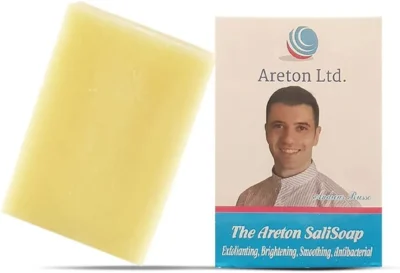What is Skin Pigmentation?
Skin pigmentation refers to the coloration of the skin caused by melanin. Melanin is a pigment produced by cells called melanocytes that gives skin, hair, and eyes their color. The amount and distribution of melanin determines someone’s skin tone.
There are several types of skin pigmentation issues:
- Melasma – Dark, patchy pigmentation that usually appears on the face
- Freckles – Small, flat brown spots, often appearing with sun exposure
- Age spots – Flat, tan or brown spots that result from sun exposure and aging
- Post-inflammatory hyperpigmentation – Dark patches left behind after acne, eczema, or other inflammatory skin conditions
- Solar lentigines – Brown spots on skin exposed to the sun, often on the hands and face
An uneven distribution of melanin can make skin appear blotchy or patchy. Too much melanin production leads to darker patches or spots. A lack of melanin results in lighter patches or spots. Managing skin pigmentation involves minimizing sun exposure, exfoliation, and topical creams to control melanin production.
Causes of Skin Pigmentation
Pigmentation issues can arise from various factors that affect melanin production in the skin. Some of the main causes include:
Sun exposure/UV rays – Exposure to ultraviolet (UV) radiation from the sun is a major cause of increased melanin production. The UV rays damage skin cells, triggering the melanocytes to ramp up melanin production as a protective response. This results in darker pigmentation and tan skin. Excess sun exposure over time leads to more permanent pigment changes like freckles, age spots, and melasma.
Hormones – Hormonal changes and fluctuations can stimulate melanin production. This is why skin pigmentation issues are commonly seen during pregnancy, with birth control pills, and hormonal events like puberty and menopause. The hormones estrogen and progesterone both influence melanin levels.
Skin damage/inflammation – Inflammation or injury to the skin from acne, rashes, cuts, burns, etc. can leave behind dark spots and marks. The skin produces extra melanin in response to the trauma as a protective mechanism. Post-inflammatory hyperpigmentation is the technical term for this.
Genetics – Some people are genetically predisposed to produce more melanin. Darker skin tones have more active melanocytes. Additionally, conditions like melasma can run in families. Genetics regulate melanin production and determine skin type.
Types of Skin Pigmentation
Skin pigmentation disorders affect the color and appearance of the skin. There are several common types of hyperpigmentation:
Melasma
Melasma causes brown or gray patches typically on the cheeks, nose, forehead and chin. It is more common in women and those with darker skin tones. Melasma is often triggered by hormonal changes during pregnancy or with birth control pills. Sun exposure makes it worse.
Age Spots
Age spots, also called liver spots or solar lentigines, are caused by sun exposure. They are small, flat brown spots that appear on the face, hands, shoulders and arms. Age spots are very common in adults over 50.
Freckles
Freckles are small brown spots caused by sun exposure. They often first appear in childhood and adolescence. Freckles are more common for those with fair skin tones. They may darken after additional sun exposure.
Post-inflammatory Hyperpigmentation
This type of pigmentation is the result of skin inflammation or injury, such as from acne, eczema, burns, wounds or other skin conditions. It causes brown or red flat spots where the skin healed. The spots may persist for months after the skin has healed. Darker skin tones are more susceptible.

Treatments for Skin Pigmentation
There are several treatments available to help reduce skin pigmentation and even out skin tone. Some of the most common and effective options include:
Skin Lightening Products
Skin lightening creams, gels, and serums can help diminish dark spots and discoloration. Ingredients like hydroquinone, kojic acid, arbutin, and vitamin C interfere with melanin production to lighten pigmented areas over time with continued use. Look for products containing these active ingredients.
Chemical Peels
Chemical peels exfoliate the top layers of skin to reveal newer, more evenly pigmented skin underneath. Glycolic acid and salicylic acid peels can be especially helpful for treating discoloration. Light chemical peels are typically done in a dermatologist’s office every 2-4 weeks until desired results are achieved.
Laser Therapy
Laser skin resurfacing procedures work by targeting pigmented cells with beams of light energy. The pigment absorbs the light, destroying the cell. Common lasers used for pigmentation include Q-switched lasers and intense pulsed light (IPL) lasers. Several treatments are usually needed for best results.
Microdermabrasion
Microdermabrasion is a minimally invasive procedure that uses a wand to spray fine crystals across the skin, gently “sanding” away the surface layer. This reveals newer skin and promotes cell turnover to reduce discoloration over time. Multiple treatments every 2-4 weeks are typically needed.
Lifestyle Changes to Improve Pigmentation
Making some simple changes to your daily habits can help reduce and prevent further skin pigmentation. Here are some tips:
Use Sunscreen Daily
Applying sunscreen is one of the most important things you can do to prevent dark spots and discoloration. Look for a broad spectrum sunscreen with an SPF of at least 30, and be sure to apply it to all exposed skin 15-30 minutes before sun exposure. Reapply every 2 hours if staying in the sun.
Avoid Peak Sun Hours
Limit direct sun exposure by staying indoors or seeking shade between 10am-2pm when UV rays are strongest. Wear protective clothing and a wide-brimmed hat if you must be outside during peak hours.
Exfoliate Regularly
Gently exfoliating 2-3 times per week can help remove dead skin cells and even out skin tone. Look for scrubs with soft rounded beads or chemical exfoliators like glycolic acid. Avoid over-exfoliating which can cause irritation.
Eat a Healthy Diet
Eating a diet rich in antioxidants can protect skin from sun damage. Focus on colorful fruits, vegetables, whole grains, nuts, seeds, and fatty fish. Vitamins C, E, B12, and zinc are particularly beneficial for evening out complexion.
Making lifestyle adjustments to protect your skin from the sun, exfoliate properly, and nourish from within will go a long way towards reducing and preventing further pigmentation issues.
Introducing Our Skin Pigmentation Products
At our skincare company, we offer a range of products specifically designed to improve skin pigmentation and achieve a more even, radiant complexion. Our products are formulated with powerful ingredients that work to fade dark spots, balance skin tone, reduce inflammation, and deeply cleanse the skin.
Charcoal Soap Bar
Our Charcoal Soap Bar is made with activated charcoal, which is known for its ability to draw out impurities from the skin. Charcoal is deeply detoxifying and helps remove excess oil, dirt, pollution, and makeup from pores to reveal brighter, healthier looking skin. In addition to charcoal, this bar contains shea butter to moisturize and coconut oil to soften skin. Use daily to see a reduction in dark spots and improved skin clarity over time.
Salicylic Acid Scrub Soap
Gently buff away dead skin cells while decongesting pores with our Salicylic Acid Scrub Soap. Salicylic acid is a beta hydroxy acid that sweeps away dirt, oil, and impurities that can lead to breakouts and dark spots on the skin. It also helps encourage cell turnover to reveal fresher, younger looking skin. The addition of jojoba beads gives this bar a gentle exfoliating effect to smooth rough patches and improve tone and texture.
Normal Salicylic Acid Soap
Our Normal Salicylic Acid Soap bar contains a clinical level 2% salicylic acid to reduce breakouts and prevent new dark spots from forming. Salicylic acid penetrates deep into pores to dissolve oil, clear away acne-causing bacteria, and improve cell turnover. With regular use, you’ll see fewer breakouts and more even, clear skin. This soap is gentle enough for daily use.
Our skincare products offer solutions for common pigmentation problems using proven ingredients. Try our charcoal, salicylic acid, and exfoliating soaps today for clearer, brighter, more even looking skin!
 Rated 0 out of 5¡A la Venta!Add to basket
Rated 0 out of 5¡A la Venta!Add to basket$10.00Original price was: $10.00.$5.99Current price is: $5.99. Rated 0 out of 5¡A la Venta!Add to basket
Rated 0 out of 5¡A la Venta!Add to basket$10.00Original price was: $10.00.$5.99Current price is: $5.99.
Charcoal Soap Bar
Our Charcoal Soap Bar is formulated with activated charcoal to help brighten skin and improve pigmentation. Charcoal is known for its ability to draw out impurities from the skin and deeply cleanse pores.
The activated charcoal in this soap gently exfoliates to remove dead skin cells, dirt, and excess oil that can contribute to uneven skin tone. It also has antioxidant and anti-inflammatory properties to soothe irritation.
Some key benefits of charcoal for skin pigmentation:
- Adsorbs excess oil and sebum production that can worsen dark spots
- Helps unclog pores and prevent acne, which can leave pigmentation
- Removes impurities and environmental pollutants from skin surface
- Anti-inflammatory properties calm inflammation that worsens pigmentation
This soap bar contains a rich lather to gently cleanse without over-drying. It’s suitable for all skin types, even sensitive.
To use: Apply the soap to damp skin and build up a gentle lather. Massage over face and body, then rinse thoroughly. Use 1-2 times per day as needed. Avoid direct contact with eyes. Rinse if contact occurs.
Salicylic Acid Scrub Soap
Our Salicylic Acid Scrub Soap is an exfoliating soap bar that helps improve skin texture and brightness. It contains salicylic acid, a beta hydroxy acid that penetrates deep into pores to gently exfoliate and remove dead skin cells.
Salicylic acid is a powerful ingredient for treating pigmentation concerns. It helps:
- Break down excess melanin production
- Unclog pores and remove trapped pigment
- Increase cell turnover to reveal brighter skin
This soap bar has an invigorating gritty texture that provides physical exfoliation as you massage it over your skin. The combination of chemical and physical exfoliation reveals smoother, more even-toned and radiant skin over time.
To use, wet skin and gently massage the textured bar in circular motions over face and body. Focus on areas prone to pigmentation like cheeks, forehead and joints. Rinse thoroughly. Use 1-2 times per week and follow with moisturizer. Reduce frequency if skin feels dry or irritated.
With regular use, our Salicylic Acid Scrub Soap can help fade dark spots, balance skin tone, reduce acne breakouts and give your complexion a healthy glow. The exfoliation retextures skin for better absorption of treatments and moisturizers too.
Normal Salicylic Acid Soap
Our Normal Salicylic Acid Soap is a gentle yet effective way to improve skin pigmentation and even out skin tone. This soap bar contains salicylic acid, which is a beta hydroxy acid that exfoliates the skin and promotes cell turnover.
Some key benefits of salicylic acid include:
- Removes dead skin cells and unclogs pores
- Reduces acne breakouts
- Fades post-acne marks and scars
- Improves skin texture and brightness
This soap bar has a lower concentration of salicylic acid, making it suitable for daily use. It gently exfoliates and brightens the skin over time with regular use. The soap also contains moisturizing ingredients like shea butter to prevent dryness.
To use this soap:
- Wet face with lukewarm water
- Gently massage the bar over skin using circular motions
- Leave on skin for 1-2 minutes before rinsing
- Pat dry and follow with a lightweight moisturizer
Use this soap once or twice daily for the best results. Be sure to introduce it slowly if new to acid soaps. It’s gentle enough for all skin types when used as directed. With regular use, you’ll notice a brighter, more even complexion over time.
Conclusion
Skin pigmentation is caused by many factors, including sun exposure, hormones, and inflammation. The most common types of pigmentation are age spots, melasma, post-inflammatory hyperpigmentation, and vitiligo. While pigmentation is usually harmless, it can be distressing for many individuals.
The good news is there are many treatment options available, ranging from over-the-counter products to professional procedures. Lifestyle changes like sun protection and avoiding irritants can also help prevent the development of pigmentation. We offer a range of skincare products containing ingredients like charcoal and salicylic acid that can gently exfoliate and brighten the skin.
Our Charcoal Soap Bar, Salicylic Acid Scrub Soap, and Normal Salicylic Acid Soap are specially formulated to improve the appearance of pigmentation. You can purchase them on our website and use the promo code SKINCARE15 to get 15% off your first order. Don’t let pigmentation hold you back from healthy, radiant skin. With the right products and care, you can reduce pigmentation and reveal your natural glow.



